
Hawa Mahal, also known as the “Palace of Winds,” is one of Jaipur’s most iconic landmarks and a masterpiece of Rajput architecture. Built in 1799 by Maharaja Sawai Pratap Singh, this stunning structure was designed by Lal Chand Ustad with the purpose of allowing royal ladies to observe street festivities without being seen. Its unique five-story façade, adorned with 953 small windows or jharokhas, resembles a honeycomb and is crafted from red and pink sandstone, blending perfectly with Jaipur’s vibrant architectural style.
The design of Hawa Mahal is a fine example of the fusion between Rajput and Mughal architectural styles. The intricate latticework not only adds to its beauty but also allows cool air to pass through, keeping the palace naturally ventilated — a practical feature for the hot Rajasthani climate. This architectural brilliance makes it a favorite spot for photographers and history enthusiasts alike.
Inside, the Hawa Mahal has narrow passages and small chambers, each offering stunning views of Jaipur’s bustling streets and the City Palace complex. Though the façade is the most photographed part, climbing to the top floors rewards visitors with panoramic views of the Pink City, Jantar Mantar, and Sireh Deori Bazaar.
Visiting Hawa Mahal is a journey into Rajasthan’s regal past, offering a glimpse into the lifestyle of the royal women and the ingenuity of traditional architecture. The area around the palace is also perfect for exploring Jaipur’s colorful markets and savoring authentic Rajasthani cuisine.
Best time to visit: October to March
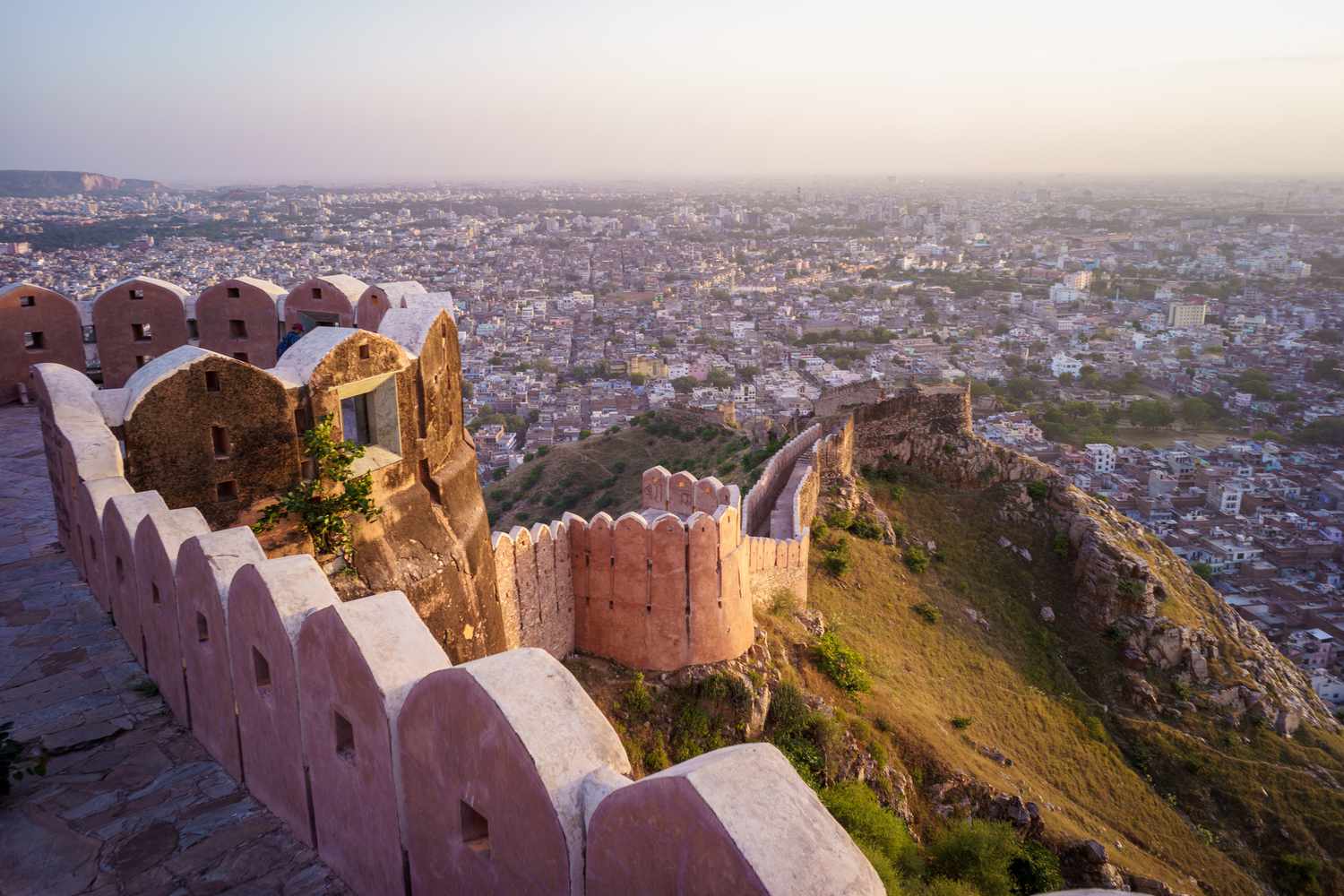
Nahargarh Fort, perched on the rugged Aravalli Hills overlooking Jaipur, is a magnificent structure that offers a blend of history, architecture, and breathtaking views. Built in 1734 by Maharaja Sawai Jai Singh II, the founder of Jaipur, the fort served as a retreat for the royal family. Its strategic location also made it an important defense structure, forming a trio of forts alongside Amer Fort and Jaigarh Fort.
The fort’s architecture is a fine example of Indo-European style, with elaborate corridors, intricately decorated rooms, and beautiful courtyards. The palace within the fort, known as Madhavendra Bhawan, was designed as a summer retreat with separate suites for the king and his queens, all connected by corridors adorned with delicate frescoes and murals.
Nahargarh Fort is also famous for its panoramic views of Jaipur, especially at sunset when the city glows in golden hues. Over the years, it has gained popularity as a leisure spot, with cafés and restaurants inside the fort offering a chance to enjoy snacks while admiring the cityscape. It has also been featured in several Bollywood films, adding to its modern charm.
Exploring Nahargarh Fort offers a unique combination of historical insight, scenic beauty, and a touch of romance. Whether you visit during the day for its architecture or in the evening for the views, the fort never fails to enchant travelers.
Best time to visit: October to March
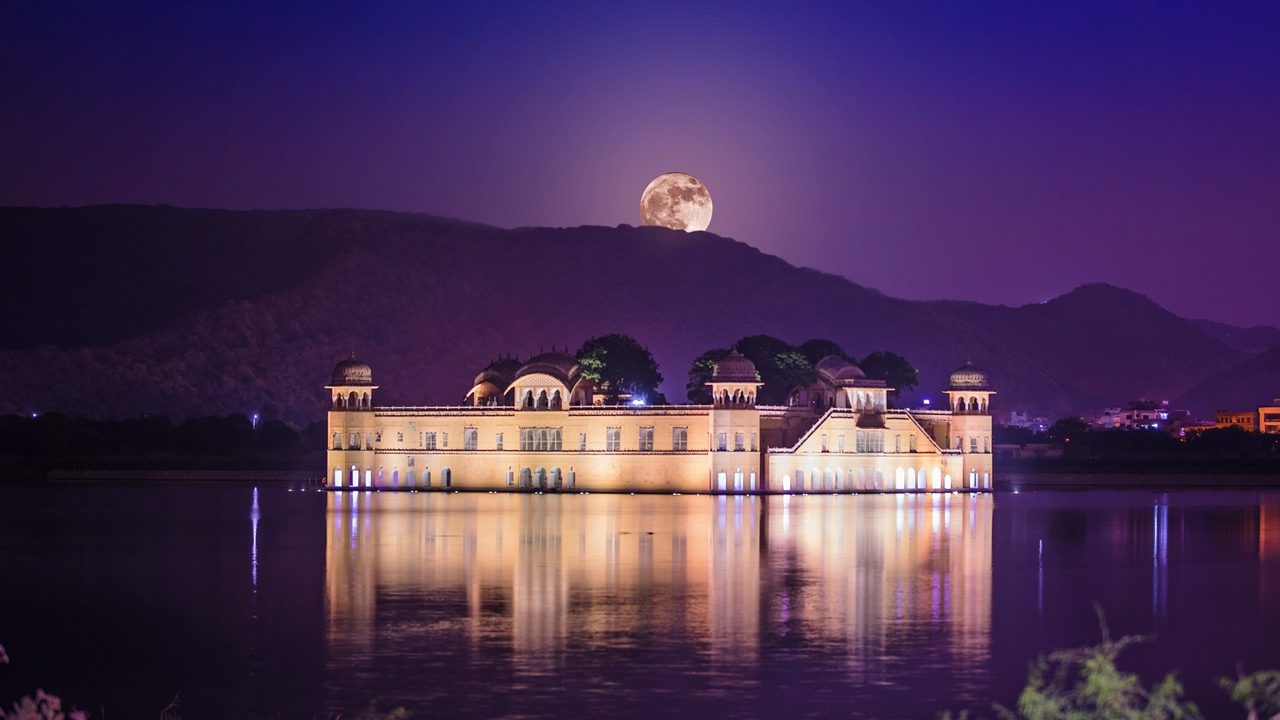
Jal Mahal, meaning “Water Palace,” is one of Jaipur’s most enchanting landmarks, floating serenely in the middle of the Man Sagar Lake. Built in the 18th century by Maharaja Madho Singh I as a hunting lodge and summer retreat, this architectural marvel beautifully combines Rajput and Mughal styles. Its unique location and striking symmetry make it a photographer’s delight.
The palace appears to have only one floor, but in reality, four of its five stories are submerged underwater when the lake is full. Its red sandstone walls and arched balconies reflect gracefully in the shimmering waters, creating a dreamy visual. The surrounding Aravalli Hills and the lush Nahargarh forests enhance its charm, making it a tranquil escape from the city’s hustle.
Although entry inside the Jal Mahal is restricted to the public, visitors can admire it from the banks or enjoy boat rides that offer a closer view. In recent years, restoration efforts have brought back the palace’s grandeur, and the lake area has become a favorite spot for evening strolls, birdwatching, and photography
The setting of Jal Mahal is particularly magical at sunrise and sunset, when the changing colors of the sky cast a golden or pink glow over the waters. Its serene ambiance makes it one of Jaipur’s most romantic and picturesque attractions.
Best time to visit: October to March
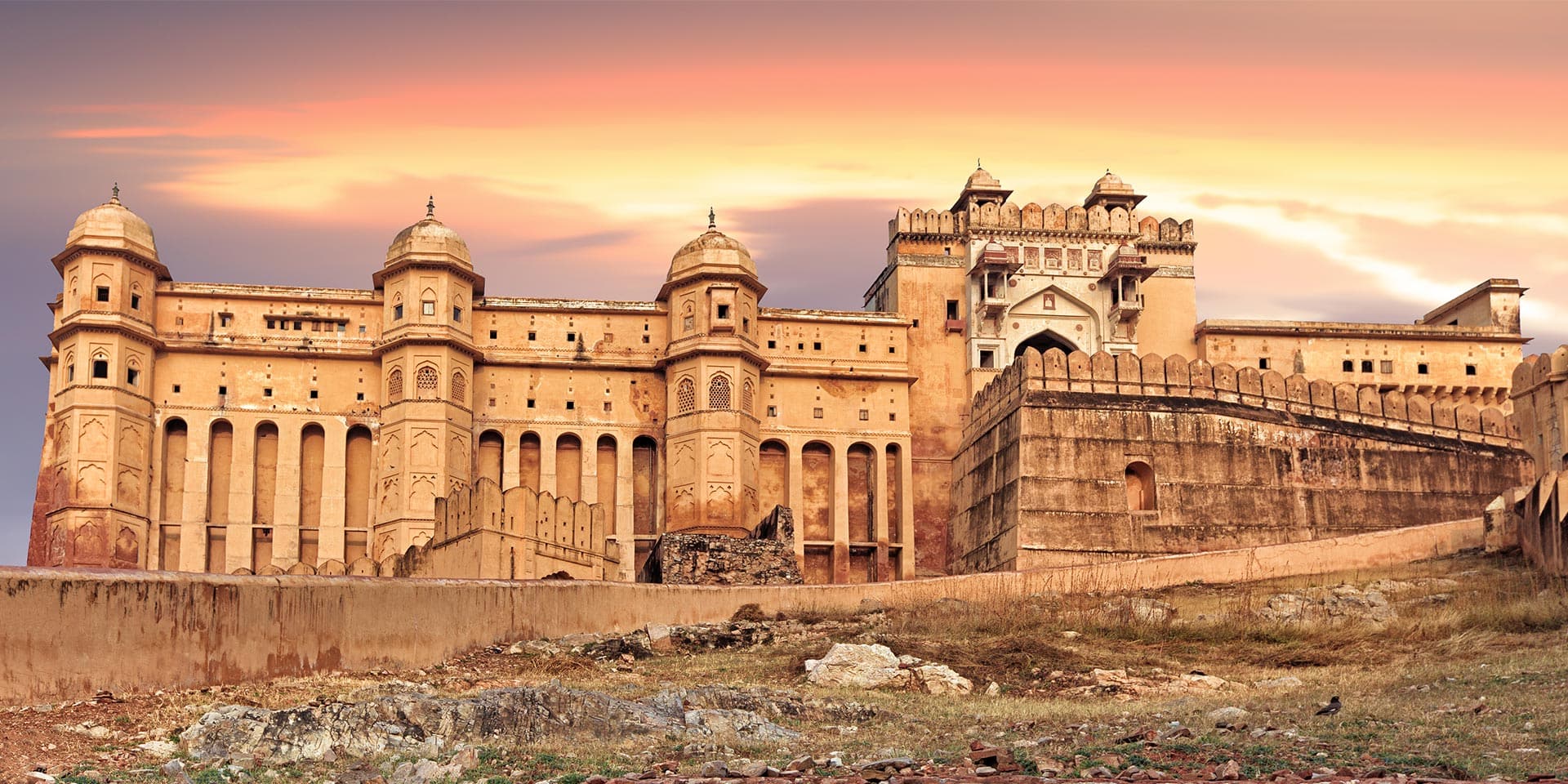
Jaigarh Fort, perched on the Cheel ka Teela (Hill of Eagles) in the Aravalli range, stands as a symbol of Jaipur’s military might and architectural brilliance. Built in 1726 by Maharaja Sawai Jai Singh II, this imposing fort was designed to protect the Amer Fort and its palace complex. Its robust structure, thick walls, and strategic location make it one of the most well-preserved forts in Rajasthan.
One of the main highlights of Jaigarh Fort is the Jaivana Cannon, once the world’s largest cannon on wheels. Although it was never used in battle, it remains a testament to the Rajput kings’ military preparedness. The fort also houses an intricate water harvesting system, palaces, gardens, and an armory, offering a glimpse into the ingenuity and grandeur of the Rajput era.
The panoramic views from the fort are breathtaking, with sweeping vistas of the Aravalli hills, Amer Fort, and Maota Lake. Visitors can walk along the massive ramparts, exploring its watchtowers and gateways, which still echo the tales of valor and strategy.
Best time to visit: October to March
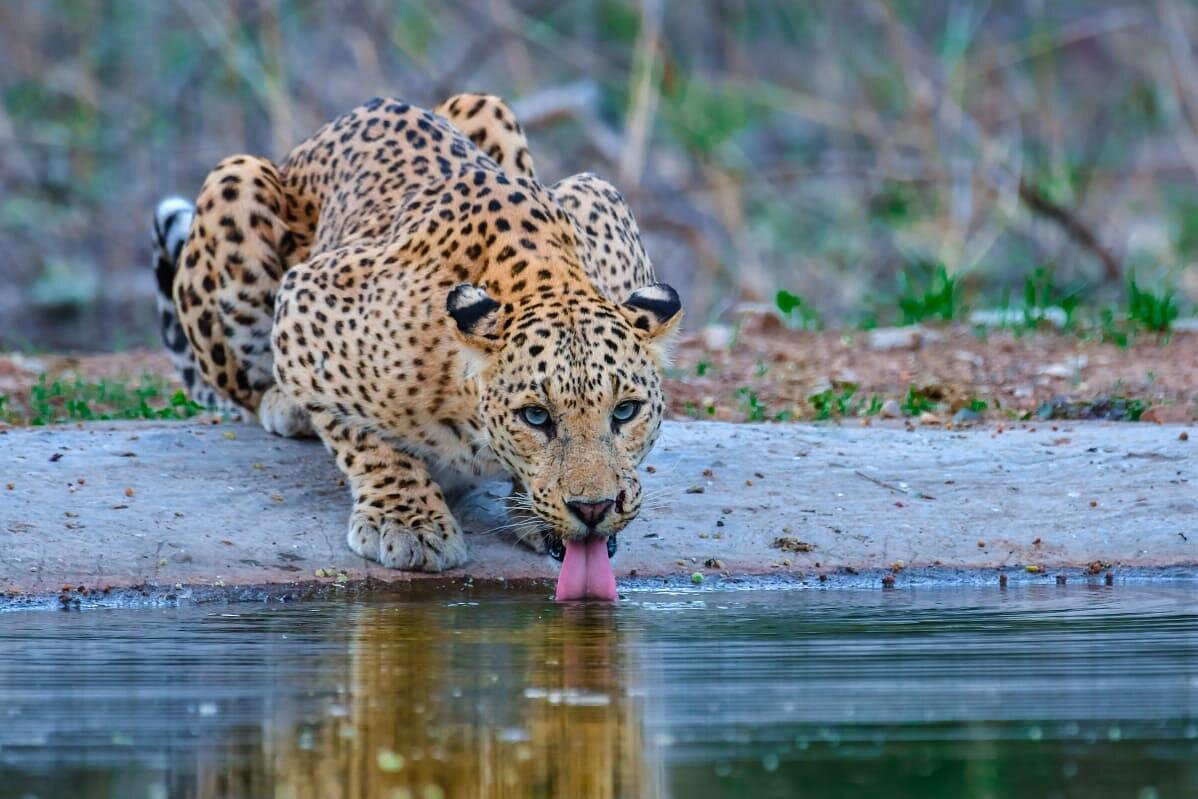
Jhalana Leopard Conservation Reserve, located on the outskirts of Jaipur, is a hidden wildlife gem that offers a thrilling glimpse of Rajasthan’s natural heritage. Spread over an area of around 20 square kilometers, it is home to a thriving population of leopards, making it one of the best places in India to spot these elusive big cats in their natural habitat. The reserve also shelters other wildlife such as hyenas, desert foxes, blue bulls, and a variety of bird species.
Once a royal hunting ground, Jhalana has now been transformed into a protected reserve dedicated to conservation and eco-tourism. Safari experiences here are designed to give visitors an intimate view of the leopards without disturbing their natural environment. The rocky terrain, scrub forests, and open grasslands provide the perfect setting for wildlife photography and nature walks.
In addition to leopards, Jhalana offers an opportunity to explore the region’s flora and fauna, with over 100 species of birds recorded, including peafowls, eagles, and migratory species during the winter season. The serene and relatively uncrowded atmosphere makes it an ideal spot for nature lovers seeking a peaceful escape from the city’s hustle.
With its proximity to Jaipur city, Jhalana Leopard Conservation Reserve is a convenient yet adventurous destination for both locals and tourists. Morning and evening safaris provide the best chances of spotting wildlife, and the experience is both educational and exhilarating.
Best time to visit: October to March
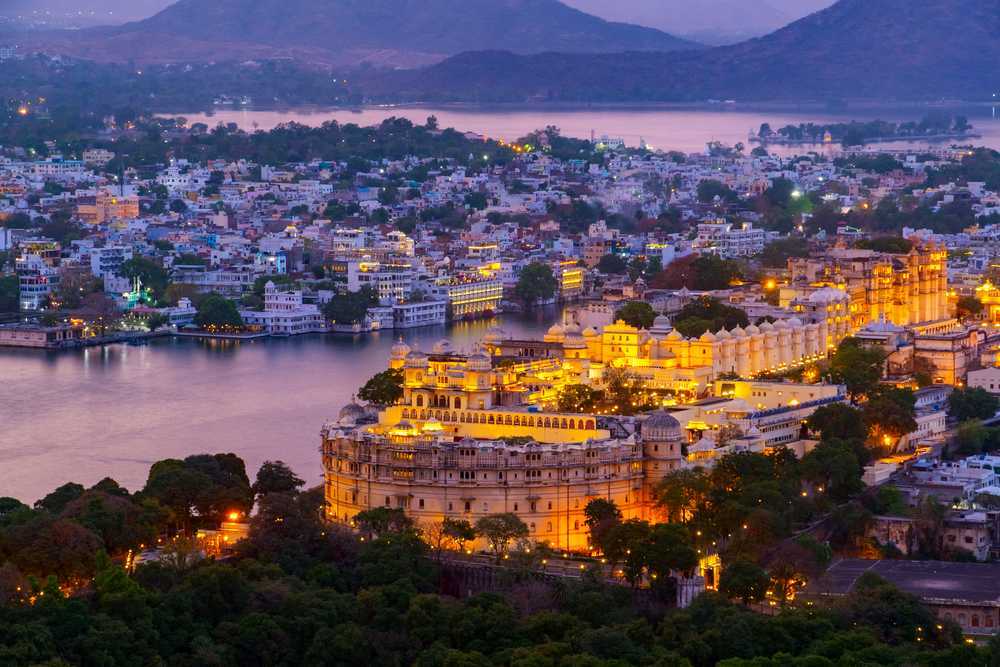
Jaisamand Lake, also known as Dhebar Lake, is one of the largest artificial lakes in Asia, located about 48 kilometers from Udaipur in Rajasthan. Built in the 17th century by Maharana Jai Singh, the lake was created to provide irrigation and water supply to the surrounding areas. Surrounded by the picturesque Aravalli Hills, the lake stretches over 87 square kilometers and offers breathtaking views of sparkling blue waters against lush green landscapes.
The lake is adorned with beautiful marble steps, charming cenotaphs, and ornate temples along its banks, reflecting the grandeur of Rajput architecture. Several islands lie scattered within the lake, with some inhabited by the Bhil tribal community, adding a unique cultural dimension to the visit. The serenity of the surroundings makes it a perfect retreat for those seeking peace and relaxation.
Wildlife enthusiasts can explore the nearby Jaisamand Wildlife Sanctuary, home to leopards, chinkaras, wild boars, and a variety of bird species. The sanctuary offers opportunities for jeep safaris and nature walks, making the trip even more rewarding for nature lovers. Boating on the lake is another popular activity, providing visitors with scenic views and a closer look at the islands.
Jaisamand Lake is not just a historical and scenic destination but also a peaceful escape from the bustling city life of Udaipur. Its blend of natural beauty, history, and wildlife makes it an ideal stop for travelers exploring Rajasthan’s cultural and natural treasures.
Best time to visit: November to February

Jaswant Thada, located in Jodhpur, Rajasthan, is a stunning marble cenotaph built in 1899 in memory of Maharaja Jaswant Singh II. Often referred to as the "Taj Mahal of Mewar" due to its delicate beauty, the monument is constructed from intricately carved sheets of white marble that emit a warm glow when sunlight falls upon them. Set against the backdrop of the majestic Mehrangarh Fort, Jaswant Thada offers an enchanting view that blends royal architecture with serene natural surroundings.
The structure features ornate domes, finely crafted pillars, and a series of portraits depicting the rulers of Jodhpur, giving visitors a glimpse into the region’s royal lineage. The marble is so finely polished and thin in places that it appears translucent, adding to its ethereal charm. The cenotaph also includes beautifully landscaped gardens, providing a peaceful spot for visitors to relax and soak in the ambiance.
Apart from being an architectural marvel, Jaswant Thada holds cultural significance as a cremation ground for the Marwar royal family. The complex also houses gazebos, a small lake, and intricately designed chhatris, all reflecting the grandeur of Rajputana artistry. The tranquil environment makes it a perfect escape from the busy city streets of Jodhpur.
Visiting Jaswant Thada not only offers a visual treat but also an opportunity to experience the quiet dignity of Rajasthan’s royal heritage. Its calm setting, coupled with its historical importance, makes it a must-visit spot for history lovers, photographers, and anyone seeking a serene cultural experience.
Best time to visit: October to March
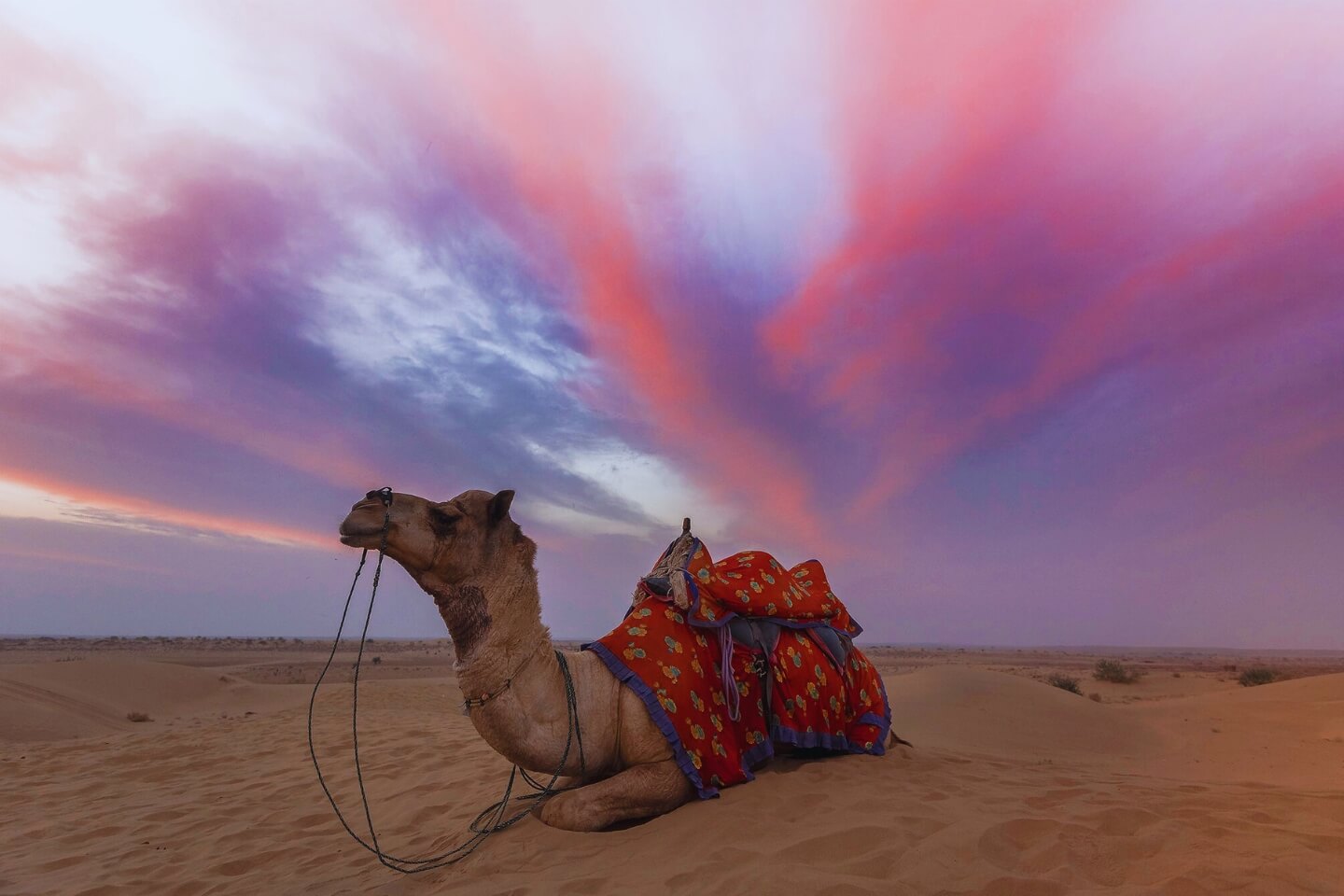
Sam Sand Dunes, located about 40 km from Jaisalmer in Rajasthan, are among the most popular attractions in the Thar Desert. This vast stretch of golden sand offers a mesmerizing desert landscape, where rolling dunes meet the endless sky. The area is famous for its authentic desert experience, allowing visitors to witness the raw beauty of Rajasthan’s arid terrain. During sunset and sunrise, the dunes take on a magical hue, creating an unforgettable sight.
The dunes are a hub for adventure and cultural activities. Camel safaris are the most iconic way to explore the area, offering a slow-paced journey across the sands, just as desert nomads have done for centuries. For thrill-seekers, jeep safaris provide a more adventurous ride over the dunes, giving a different perspective of the landscape.
Sam Sand Dunes also come alive in the evenings with Rajasthani folk music, dance performances, and cultural programs organized by desert camps. Visitors can enjoy traditional cuisine under a starlit sky, often accompanied by the warmth of a bonfire. The annual Desert Festival, held in February, is a major highlight, featuring camel races, turban tying competitions, and vibrant cultural displays.
The serene and vast expanse of the Sam Sand Dunes offers not only visual splendor but also a sense of peace and connection to Rajasthan’s desert heritage. Staying overnight in a desert camp here provides an authentic and memorable experience, blending adventure, culture, and natural beauty.
Best time to visit: October to March
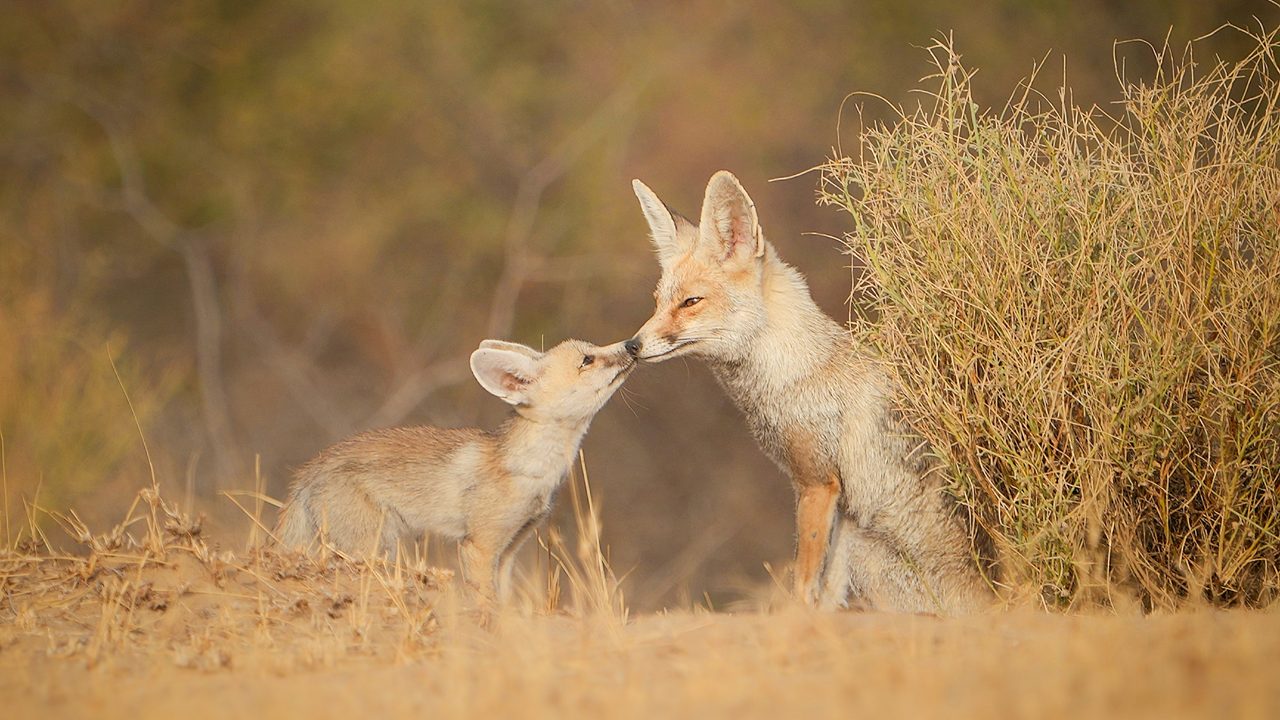
Desert National Park, located near Jaisalmer in Rajasthan, is one of the largest national parks in India, covering an area of over 3,100 square kilometers. Despite its arid and harsh environment, the park showcases the rich biodiversity of the Thar Desert. It is a unique ecosystem where sand dunes, rocky surfaces, salt lakes, and thorny bushes coexist. The park is also home to rare fossils, some dating back over 180 million years, offering a fascinating glimpse into the prehistoric past.
The park is a haven for birdwatchers, especially during the winter months, when migratory birds arrive in large numbers. It is one of the best places to spot the critically endangered Great Indian Bustard, along with eagles, falcons, and harriers. The park’s dry terrain is also home to desert foxes, chinkaras, blackbucks, and monitor lizards. Wildlife spotting here offers an insight into how life adapts to extreme desert conditions.
Safari tours, both by jeep and camel, are the best way to explore Desert National Park. These guided trips take visitors deep into the desert, where they can experience the vast, untouched beauty of the landscape. The park also has several watchtowers and designated viewpoints that offer excellent opportunities for photography, especially during sunrise and sunset.
Best time to visit: November to March
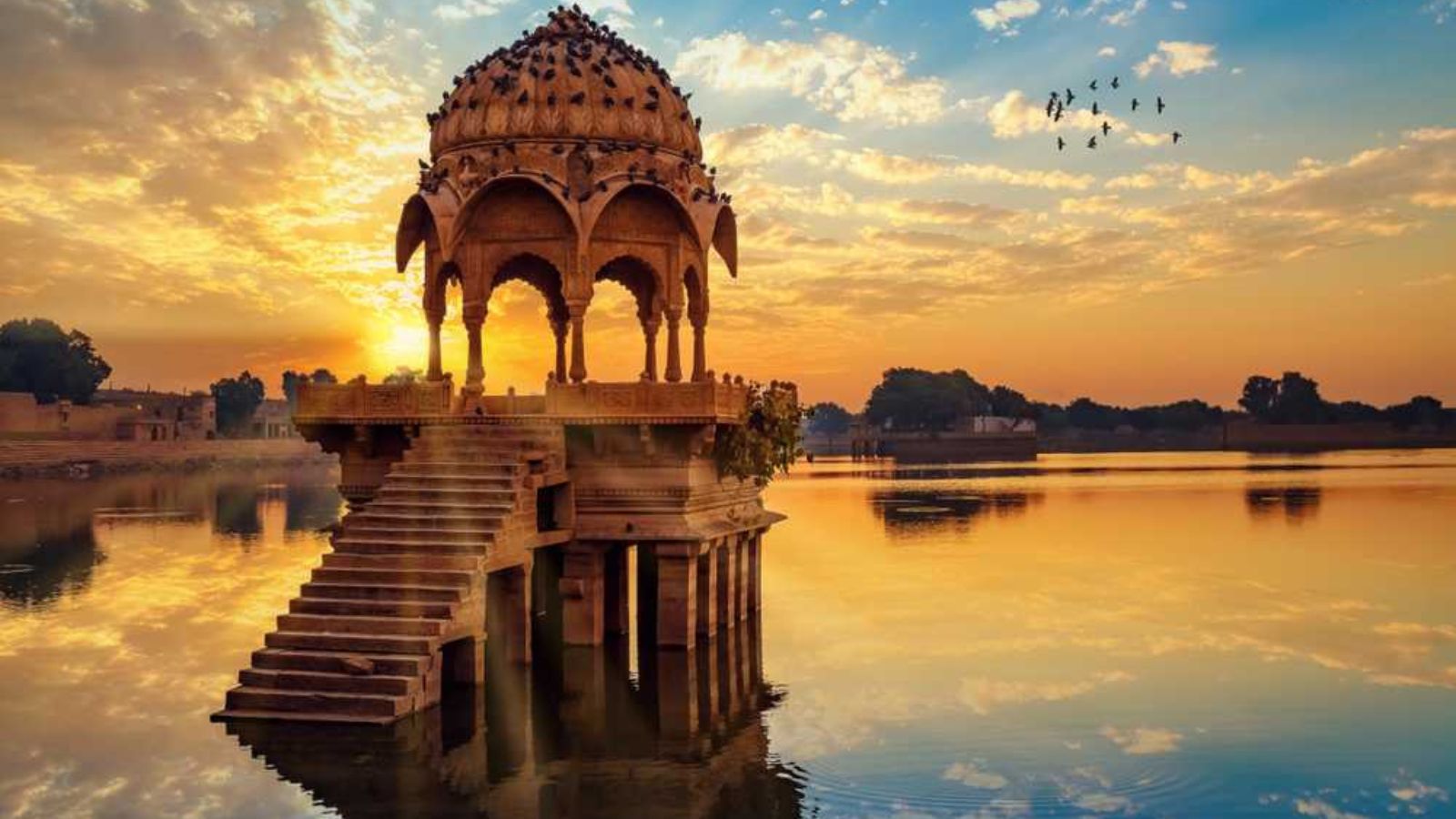
Gadsisar Lake, located in Jaisalmer, Rajasthan, is a beautiful man-made reservoir built in the 14th century by Maharawal Gadsi Singh. Once the main source of water for the arid city, the lake holds great historical and cultural importance. Surrounded by artistically carved temples, shrines, and ghats, the lake offers a serene escape from the desert landscape. Its calm waters reflect the intricate sandstone structures, creating a picturesque setting that is especially captivating at sunrise and sunset.
The lake is also a paradise for bird lovers, as it attracts a variety of migratory birds during the winter season. Visitors can spot species such as Siberian cranes and other waterfowl, making it a delight for photographers and nature enthusiasts. The peaceful surroundings, combined with the gentle sound of water, create a perfect environment for relaxation and quiet contemplation.
Boating in Gadsisar Lake is a popular activity, offering visitors a unique perspective of the surrounding architecture and the golden city beyond. The ornate Tilon Ki Pol, a beautifully carved gateway at the lake’s entrance, is an iconic landmark and a popular photo spot. Legends and folklore associated with the lake add a layer of charm to the experience.
Best time to visit: November to February
